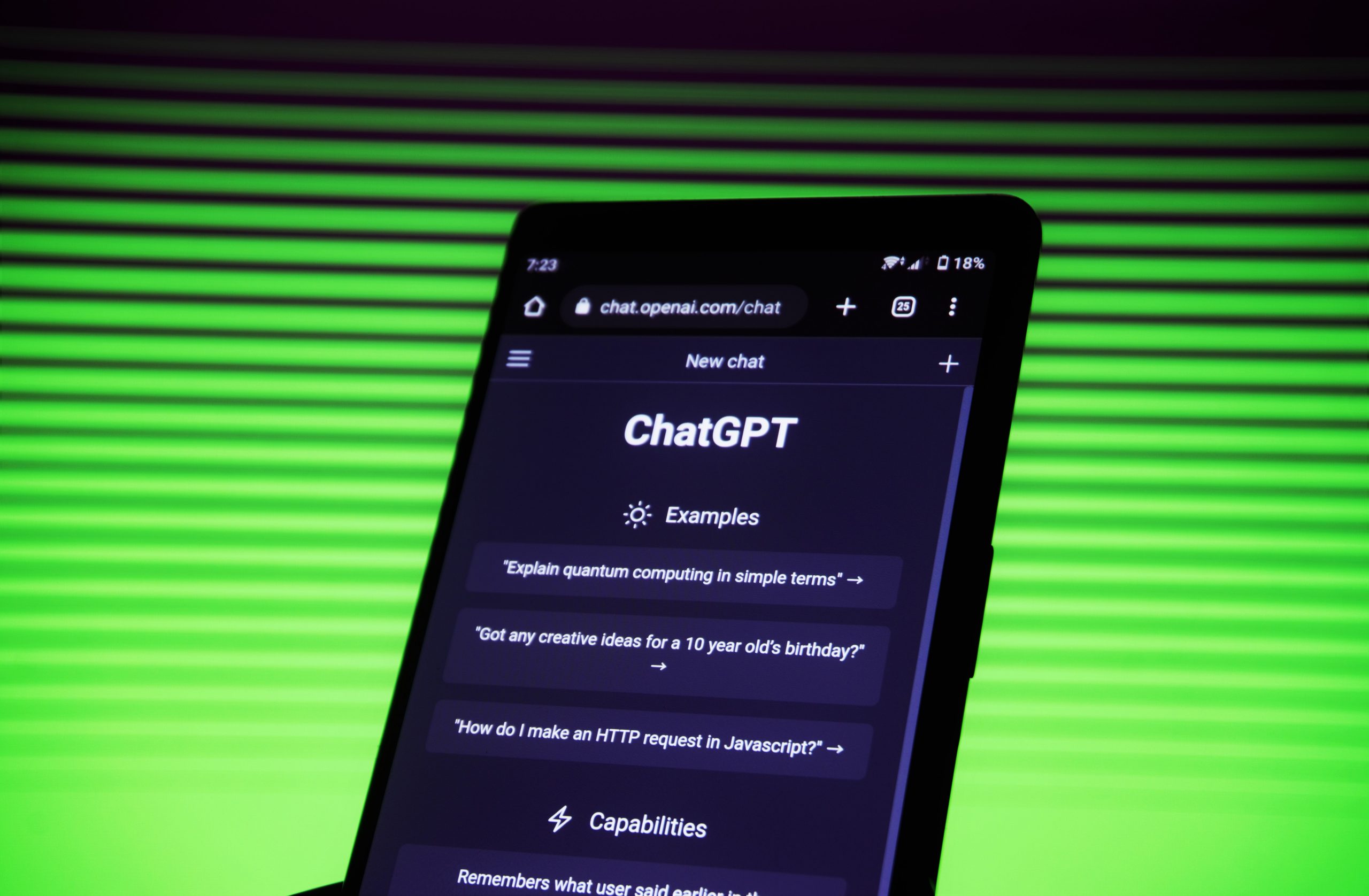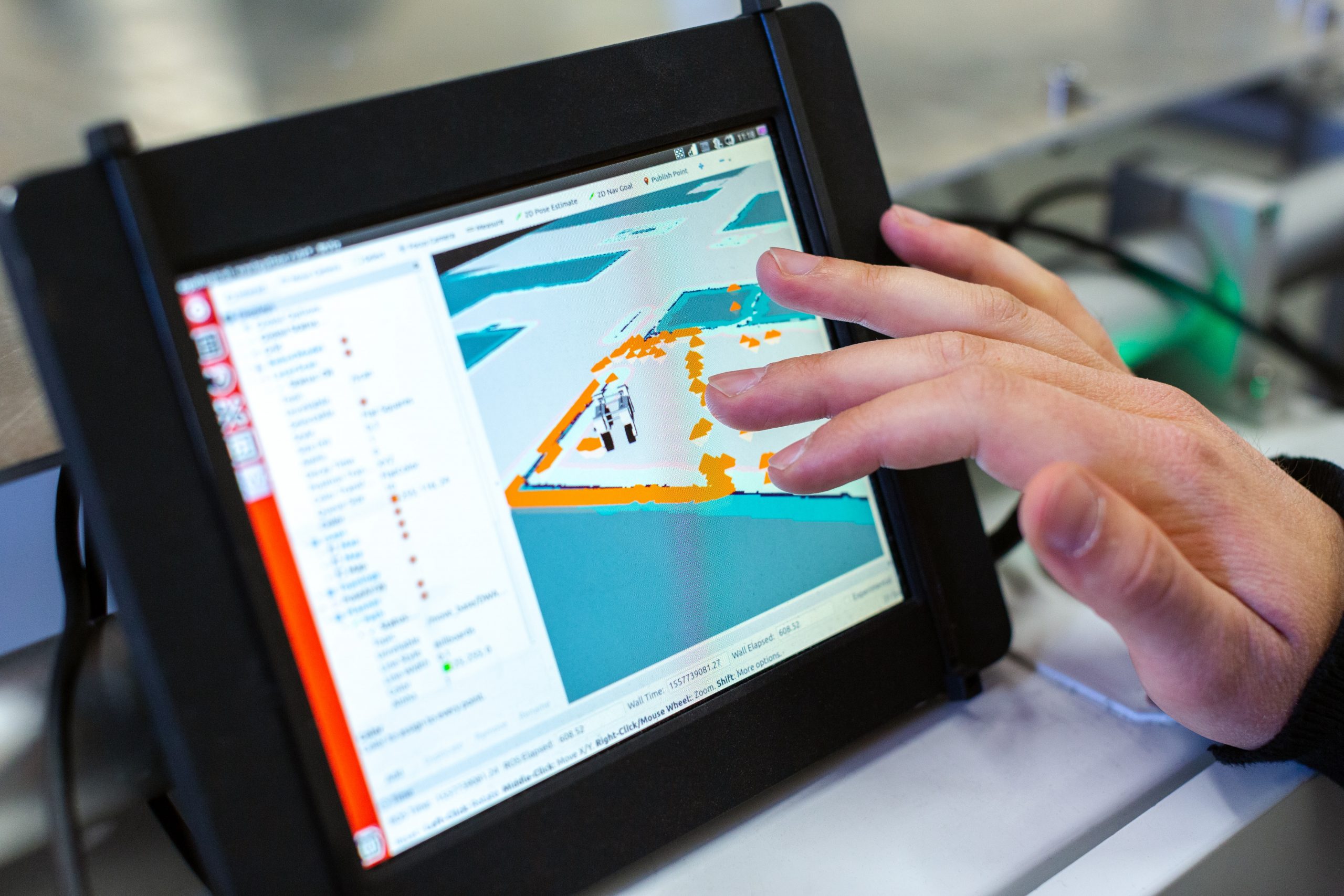In today’s world, telemedicine apps have become an essential tool for healthcare providers to reach patients remotely. As the demand for telemedicine services continues to grow, many healthcare organizations are considering developing their own telemedicine apps. However, one of the key questions that arise during the planning stage is, “How much does it cost to develop a telemedicine app?”
Understanding the Basics of Telemedicine Apps
Before we dive into the costs, let’s first understand what telemedicine apps are and what they entail. Telemedicine apps are software applications that allow healthcare providers to offer virtual medical consultations, diagnoses, and treatments to patients using digital communication technologies. These apps enable patients to access medical professionals conveniently from the comfort of their homes.
Telemedicine apps have revolutionized the way healthcare is delivered, making it more accessible and convenient for patients. With the advancement of technology, patients no longer have to travel long distances or wait for hours in crowded waiting rooms to see a doctor. Instead, they can simply download a telemedicine app on their smartphones or tablets and connect with a healthcare provider in just a few taps.
But what exactly do telemedicine apps entail? Let’s take a closer look.
Defining Telemedicine Apps
Telemedicine apps are designed to bridge the gap between healthcare providers and patients who are unable to visit a physical clinic. They provide a platform for video consultations, secure messaging, electronic prescriptions, appointment scheduling, and access to medical records.
Through video consultations, patients can have face-to-face interactions with healthcare providers, just like they would in a traditional clinic setting. This allows doctors to visually assess patients, ask questions, and provide diagnoses and treatment plans.
Secure messaging is another crucial feature of telemedicine apps. It allows patients to communicate with their healthcare providers in a secure and private manner. Patients can ask questions, provide updates on their condition, or request prescription refills, all without having to make a phone call or visit the clinic.
Electronic prescriptions are a convenient feature that eliminates the need for paper prescriptions. Doctors can electronically send prescriptions to the patient’s preferred pharmacy, saving time and reducing the risk of errors.
Appointment scheduling is made easy with telemedicine apps. Patients can view the availability of healthcare providers, choose a suitable time slot, and book an appointment, all from the comfort of their homes. This eliminates the need for phone calls and reduces the chances of appointment mix-ups.
Access to medical records is another valuable feature of telemedicine apps. Patients can securely view their medical history, test results, and treatment plans, providing them with a comprehensive overview of their healthcare journey.
Key Features of Telemedicine Apps
Telemedicine apps come equipped with several essential features that facilitate seamless communication between doctors and patients. These features include real-time video conferencing, secure messaging, electronic health records integration, prescription management, appointment scheduling, and payment processing.
Real-time video conferencing allows patients and healthcare providers to have live, face-to-face consultations. This feature ensures that patients receive personalized care and enables doctors to visually assess their patients, making accurate diagnoses and treatment plans.
Secure messaging ensures that patient-doctor communication remains confidential and secure. Patients can ask questions, provide updates, or request prescription refills, all within a secure messaging platform that protects their privacy.
Electronic health records integration is a crucial feature that allows healthcare providers to access patients’ medical records seamlessly. This ensures that doctors have all the necessary information to make informed decisions and provide appropriate care.
Prescription management is made easy with telemedicine apps. Doctors can electronically send prescriptions to pharmacies, eliminating the need for paper prescriptions and reducing the risk of errors. Patients can also conveniently request prescription refills through the app.
Appointment scheduling is a convenient feature that allows patients to book appointments with healthcare providers at their preferred time slots. This feature eliminates the need for phone calls and reduces the chances of appointment mix-ups, ensuring a smooth and efficient scheduling process.
Payment processing is seamlessly integrated into telemedicine apps, allowing patients to pay for their virtual consultations and other healthcare services directly through the app. This eliminates the need for cash or card payments and provides a convenient and secure payment method.
Overall, telemedicine apps have transformed the healthcare industry by providing a convenient and accessible platform for patients to connect with healthcare providers. With their advanced features and user-friendly interfaces, these apps have made virtual medical consultations a reality, revolutionizing the way healthcare is delivered.
Factors Influencing the Cost of Telemedicine App Development

Now that we have a basic understanding of telemedicine apps, let’s explore the factors that impact the cost of developing one:
Complexity of the App
The complexity of the app is a crucial factor that influences the cost. The more features and functionalities you require, the more time and resources it will take to develop the app.
For example, if you want your telemedicine app to have advanced features like real-time video consultations, secure messaging, electronic health record integration, and appointment scheduling, it will require a more complex development process. This complexity will involve designing and implementing robust backend infrastructure, ensuring data security and privacy compliance, and developing a user-friendly interface.
Moreover, if you plan to incorporate additional features like AI-powered symptom checker, prescription management, or remote monitoring capabilities, it will further increase the complexity and cost of development.
Choice of Platform: iOS vs Android
Deciding which platform to develop the app for can also affect the cost. Developing an app for both iOS and Android platforms will require extra time and effort, thus increasing the overall cost.
Each platform has its own set of development requirements and guidelines. Developing an app for iOS requires using Swift or Objective-C programming languages, while Android apps are typically developed using Java or Kotlin. This means that developing for both platforms will require expertise in multiple programming languages and additional testing and optimization efforts.
Furthermore, each platform has its own design guidelines and user interface conventions. Adapting the app’s design and user experience to meet the standards of both iOS and Android can add to the development cost.
Location and Size of the Development Team
The location and size of the development team also play a role in determining the cost. Hiring a development team from regions with higher living costs may result in a higher cost of development.
For instance, if you choose to hire a development team from Silicon Valley or other tech hubs, where the cost of living and salaries are generally higher, it will likely increase the overall cost of development. On the other hand, hiring a team from a region with lower living costs may offer more cost-effective options.
The size of the development team can also impact the cost. A larger team may be able to handle multiple tasks simultaneously, reducing the development time. However, a larger team may also require a higher budget to cover the salaries and overhead costs.
Additionally, the expertise and experience of the development team can influence the cost. Highly skilled and experienced developers may charge higher rates, but they can also deliver a higher quality product in a shorter time frame.
Breakdown of the Development Process and Its Costs
Developing a telemedicine app involves several stages, each with its associated costs. Let’s take a closer look:
Planning and Research
This stage involves conducting market research, defining requirements, and creating a detailed project plan. It is essential to invest time and resources into this stage to ensure the app’s success.
During the planning and research phase, the development team will analyze the target market and identify the specific needs and preferences of potential users. They will also assess the competition and identify unique selling points for the app. This research will help in defining the app’s features and functionalities, as well as determining the target audience.
Furthermore, the team will create a detailed project plan that outlines the timeline, milestones, and deliverables for each stage of the development process. This plan will serve as a roadmap for the entire project and will help in estimating the overall cost of development.
Design and User Experience
The design phase focuses on creating an intuitive user interface and a seamless user experience. This includes designing wireframes, mockups, and prototypes to achieve the desired look and feel of the app.
During the design and user experience phase, the development team will work closely with UI/UX designers to create visually appealing and user-friendly interfaces. They will consider factors such as color schemes, typography, and layout to ensure that the app is aesthetically pleasing and easy to navigate.
Moreover, the team will conduct user testing to gather feedback and make necessary improvements to the design. This iterative process will help in refining the user experience and ensuring that the app meets the expectations of the target audience.
Development and Testing
This is the stage where the actual coding and development of the app take place. It involves translating the design into functional code, integrating various features, and rigorous testing to ensure the app’s stability and security.
During the development and testing phase, the development team will use programming languages and frameworks to build the app’s backend and frontend components. They will also integrate APIs and third-party services to add additional functionalities, such as video conferencing and secure data storage.
Rigorous testing is a crucial part of the development process to identify and fix any bugs or issues. The team will conduct unit testing, integration testing, and user acceptance testing to ensure that the app functions as intended and provides a seamless user experience.
Additionally, the team will prioritize security measures to protect user data and comply with privacy regulations. They will implement encryption protocols, authentication mechanisms, and secure data storage practices to safeguard sensitive information.
Overall, the development and testing phase requires meticulous attention to detail and a thorough understanding of software development best practices to deliver a high-quality and reliable telemedicine app.
Post-Development Costs
Once the development process is complete and the app is ready to be launched, there are additional costs to consider:
Maintenance and Updates
Regular maintenance and updates are necessary to keep the app functioning optimally. This includes bug fixing, security updates, and compatibility with new operating systems.
When it comes to maintenance, it is important to have a dedicated team or at least a developer who can handle any issues that may arise. This ensures that the app remains reliable and user-friendly, providing a seamless experience for users.
In addition to bug fixing and security updates, it is also crucial to keep up with the ever-changing landscape of operating systems. As new versions are released, compatibility issues may arise, and it is important to address them promptly to avoid any negative impact on the user experience.
Furthermore, regular updates can also include adding new features or improving existing ones based on user feedback. This not only keeps the app relevant but also shows users that their opinions are valued.
Marketing and Promotion
Marketing and promoting the app are essential to gain visibility in the crowded app marketplace. App store optimization, online advertising, and other promotional activities require investment to attract potential users.
App store optimization (ASO) is a crucial aspect of marketing an app. It involves optimizing the app’s metadata, including the title, description, and keywords, to improve its visibility in app store search results. This helps potential users find the app more easily and increases the chances of downloads.
In addition to ASO, online advertising can be a powerful tool to reach a wider audience. This can include running targeted ads on social media platforms, search engines, or other relevant websites. Investing in online advertising can help generate awareness and drive traffic to the app’s download page.
Furthermore, promotional activities such as offering limited-time discounts, partnering with influencers or other brands, or organizing app launch events can also help create buzz and attract potential users. These activities may require additional budget allocation but can have a significant impact on the app’s success.
It is important to have a well-defined marketing strategy and budget in place to ensure that the app reaches its target audience effectively. A comprehensive marketing plan can help maximize the app’s visibility and increase the chances of success in the competitive app marketplace.
Ways to Reduce Telemedicine App Development Costs
Developing a telemedicine app can be a significant investment, but there are ways to reduce costs without compromising on quality. By implementing the following strategies, you can optimize your budget and create a cost-effective solution:
Outsourcing vs In-house Development
One of the first decisions you’ll need to make is whether to outsource the development of your telemedicine app or keep it in-house. Outsourcing can be a cost-effective option compared to maintaining an in-house team. By partnering with a reputable development company, you can tap into their expertise and experience without the overhead costs associated with hiring and managing an entire team. This allows you to focus on your core business activities while leaving the technical aspects to the professionals.
When choosing an outsourcing partner, it’s important to thoroughly research and vet potential candidates. Look for companies with a proven track record in telemedicine app development and a portfolio that showcases their expertise. By selecting the right partner, you can ensure that your app is developed efficiently and cost-effectively.
Using Pre-built Solutions
Another effective way to reduce telemedicine app development costs is by utilizing pre-built solutions. These solutions offer pre-designed modules and functionalities that can be customized to meet your specific requirements. By leveraging these pre-built components, you can save time and reduce development costs.
When considering pre-built solutions, it’s crucial to choose a reputable provider that offers a wide range of features and customization options. This ensures that you can tailor the solution to fit your unique needs while still benefiting from the cost savings associated with using pre-built components. Additionally, working with a provider that offers ongoing support and updates can help you stay ahead of technological advancements and ensure the long-term success of your telemedicine app.
Prioritizing Essential Features
During the development process, it’s important to identify the key features that are necessary for your telemedicine app’s core functionality. By prioritizing these essential features over additional, non-essential ones, you can streamline the development process and reduce costs.
Start by conducting thorough market research and gathering feedback from potential users. This will help you understand their needs and expectations, allowing you to focus on the features that will provide the most value. By avoiding unnecessary features or functionalities, you can allocate your resources more efficiently and keep your development costs in check.
However, it’s essential to strike a balance between prioritizing essential features and ensuring a user-friendly experience. While cost reduction is important, compromising on usability or functionality may hinder the success of your telemedicine app. Therefore, it’s crucial to work closely with your development team to find the right balance and create a cost-effective solution that meets the needs of both your budget and your users.
Conclusion: Is It Worth Investing in a Telemedicine App?
From our experience as a software development company with a proven track record, we can confidently say that investing in a telemedicine app can bring numerous benefits to healthcare providers.
Telemedicine apps offer convenience, improve patient engagement, increase accessibility to healthcare services, and reduce the burden on physical clinics. With the right planning, development, and marketing strategy, a telemedicine app can prove to be a valuable asset for healthcare organizations.
For a free consultation or project estimation, feel free to contact WeSoftYou, an experienced software development company specializing in telemedicine app development. Our team of experts will be more than happy to assist you in bringing your telemedicine app idea to life.
FAQ
The development time of a telemedicine app can vary depending on its complexity and the features involved. On average, it can take anywhere from a few months to a year to develop and launch a fully functional telemedicine app.
During the development process, several stages need to be completed. These include requirements gathering, design, coding, testing, and deployment. Each stage requires careful planning and execution to ensure a high-quality and user-friendly telemedicine app.
Additionally, the development time can be influenced by factors such as the availability of resources, the size of the development team, and any unforeseen challenges that may arise during the process.
Telemedicine apps prioritize security and privacy since they deal with sensitive patient information. Strong encryption methods and data protection measures are implemented to ensure the utmost security of patient data during video consultations, messaging, and storage.
When it comes to security, telemedicine apps adhere to industry standards and regulations, such as HIPAA (Health Insurance Portability and Accountability Act) compliance. This ensures that patient data is handled securely and confidentially.
Furthermore, telemedicine apps employ secure authentication methods to verify the identity of both healthcare providers and patients. This helps prevent unauthorized access to the app and protects patient information from potential breaches.
Yes, telemedicine apps can be integrated with existing healthcare systems such as electronic health records (EHR) systems. This integration allows seamless access to patient medical records, appointment scheduling, and prescription management.
By integrating with existing healthcare systems, telemedicine apps enable healthcare providers to have a comprehensive view of a patient’s medical history, making it easier to provide accurate diagnoses and personalized treatment plans.
Moreover, integration with healthcare systems streamlines administrative tasks, reduces manual data entry, and improves overall efficiency in healthcare delivery.
Ongoing costs for a telemedicine app include maintenance, updates, and marketing activities. It is essential to allocate a budget for continuous app improvement, bug fixing, security updates, and promoting the app to attract more patients.
Maintenance and updates are crucial to ensure that the telemedicine app remains compatible with the latest operating systems and devices. Regular updates also help address any software bugs or performance issues that may arise over time.
In addition to maintenance, marketing activities are essential to increase app visibility and attract a larger user base. This can include online advertising, social media campaigns, and partnerships with healthcare organizations to promote the telemedicine app.
By investing in ongoing maintenance and marketing, healthcare providers can ensure the long-term success and sustainability of their telemedicine app.
Yes, telemedicine apps can be fully customized to meet the specific requirements of healthcare providers. From the design and branding to the features and functionality, the app can be tailored to align with the organization’s goals and processes.
Customization options can include incorporating specific medical specialties, implementing unique workflows, and integrating additional features that cater to the specific needs of healthcare providers and their patients.
By customizing a telemedicine app, healthcare providers can ensure that it aligns with their existing infrastructure and workflows, providing a seamless and efficient experience for both healthcare providers and patients.
Contact WeSoftYou today for a free consultation or project estimation for your telemedicine app development. Our team of experts is here to support your digital healthcare initiatives and provide you with a cost-effective solution tailored to your needs.





















